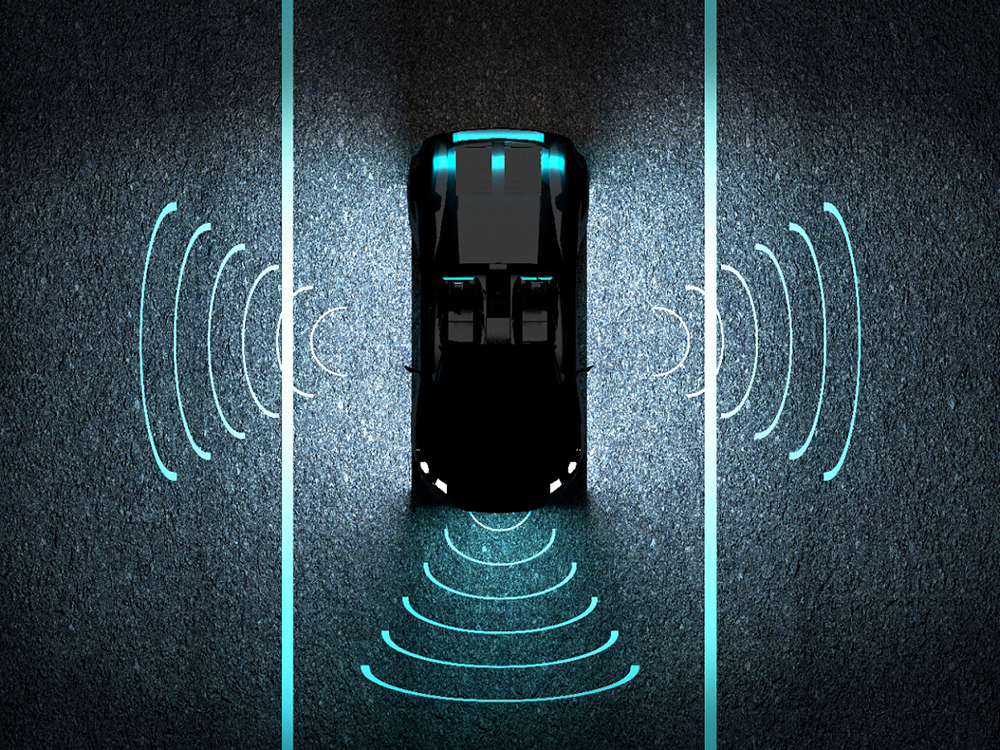Future transportation – data analytics available to all?

Multi-mode transport is the wave of future transportation. I’ll start my voyage with an electric scooter to the subway station, and the mobility service takes me to meet a friend where we will rent a couple of electric bikes. Doing all this from a single app will require transportation data analytics sharing between a cadre of transportation service providers as well as cities.
Will this ever happen as companies are reluctant to share the valuable data analytics they have collected about our transportation desires?
We will begin to answer that question as I continue my conversation, with Amitai Bin-Nun, the vice president of Secure America’s Future Energy (SAFE), a nonpartisan, action-oriented organization that is committed to combating the economic and national security threat posed by America’s dependence on oil.
In this final chapter of our conversation, we contemplate the intersection of transportation, data and government.
Ed: The dilemma to new mobility technologies like the electric scooter is having something new we must evaluate and regulate so that no one gets hurt, versus any benefits it could bring. However, you really can’t only look at scooters, but what they represent, as one of many vehicle types that need to work in concert with each other.
Currently, you pull up an app and order your Uber, scooter or Zipcar. However, in the future, when city governments are a part of it, it could include requesting a train or subway. Suddenly, you’re providing a joint service. To do this, you will need to share transportation information in a centralized system so we all can take advantage of multiple forms of mobility.
Do you think that large mobility providers will ever want to share their data with other cities and each other? It seems the government will have to federate the data to force sharing in a multimode transportation system. Can this ever become a reality?
Amitai: I think this is going to be a topic that is going to keep us busy for a long time. This is a needy, philosophical question, including an exchange of values. The private sector is providing some part of the answer to the equation. Uber rides in cars, bikes, scooters and deliveries through Uber Eats all provide some value by polling information in cities and how they’re performing, getting access to interfaces or API trending data.
They would like to pull the city data and put it into an Uber or Lyft universe and present a curated product for their consumer, making their experience seem more seamless. I think there is an argument for this to add value to the public with their vision of future transportation. However, the value cities need to obtain is that they can ensure outcomes for underserved areas by planning to build more road capacity, synced with their signals, along with where to possibly create a new subway line or train.
However, they have an incomplete part of the picture as they only see the trends, and they’re not seeing everything going on in the Lyft and Uber universe. I believe there is some middle ground that cities need to establish.
Lyft and Uber offer a valuable product, and if we achieve that middle ground, we win. I think the challenge includes many possible models, and cities would like detailed information about these product models from private sectors.
Cities should have some visibility to what mobility methods are on the road, but they need to be specific to what information they need from private interfaces and the API sector. The more tailored the data, the more we meet each other’s goals and achieve the reality of seamless information across all models, making it more predictable and accessible.
 Future transportation
Future transportation
Ed: If you go in and ask for everything, you’re not going to get anything. However, if the transportation provider realizes you need just a subset of information to schedule a train, that helps the mobility service provider be more open to sharing. Imagine if you can hop on a Lyft to take you to a train, and there is a Lyft on the other end to pick you up, all scheduled from a single simple app –it’s a win-win.
Amitai: Absolutely! I think there is an example of an autonomous space in California that has asked for many reporting requirements for these vehicles: how many miles on the road, how many in an autonomous zone, what percentage of those rides were in an accessible vehicle, how often you had a software disengagement? Whether or not these requirements were reasonable, it has caused many companies to shift their testing to Arizona, which did not require this kind of reporting.
There is going to be a bit of push and pull where cities should work together with technical talent, like in Boston and Los Angeles where they are thinking about these questions. Formulating what data is helpful is the objective, rather than who wins and who owns the information, which becomes adversarial. Also, when you have that adversarial relationship, in the best-case companies they begin to market shop, while the worst case becomes a less than ideal outcome for all stakeholders.
Final thoughts – future transportation
As you have become enlightened by Amitai’s comments over the course of this six-part interview series, there are many benefits to autonomous cars, and they’re going to get deployed in higher number eventually, but this can’t happen without regulation to keep us safe. However, how much regulation is appropriate? It seems that there is no simple answer, but there certainly is a need to take this a step at a time and make sure that government and industry work closely together, so we don’t stifle innovation while at the same time keep us all safe on the road.
We are also at a turning point in the design or transportation, not only re-design of traditional vehicles but the introduction of entirely new types of vehicles that may resemble scooters more than they resemble a car or a bus. We need to take advantage of this opportunity and ask ourselves if we could redesign the way we travel from scratch. If we can impact how the cites are designed that host these new transportation modes, what would we do to benefit as many as possible in these cities? Maybe a little thinking along those lines could help guide us on our next steps to our transportation future.
This concludes our series of Ed Bernardon’s interview with Amitai Bin-Nun, Vice President of Secure America’s Future Energy (SAFE), on the future of autonomous cars and government regulations. To view the beginning of this series, please view the first blog.
About the author
Edward Bernardon is vice president of strategic automotive initiatives for the Specialized Engineering Software business segment of Siemens PLM Software, a business unit of the Siemens Industry Automation Division. Bernardon joined the company when Siemens acquired Vistagy, Inc. in December 2011. During his 17 year tenure with Vistagy, Bernardon assumed the roles of vice president of sales, and later business development for all specialized engineering software products. Prior to Vistagy, Bernardon directed the Automation and Design Technology Group at the Charles Stark Draper Laboratory, formerly the Massachusetts Institute of Technology (MIT) Instrumentation Laboratory, which developed new manufacturing processes, automated equipment and complementary design software tools. Bernardon received an engineering degree in mechanical engineering from Purdue University and later received an M.S. from the Massachusetts Institute of Technology and an MBA from Butler University. He also holds numerous patents in the area of automated manufacturing systems, robotics and laser technologies.


